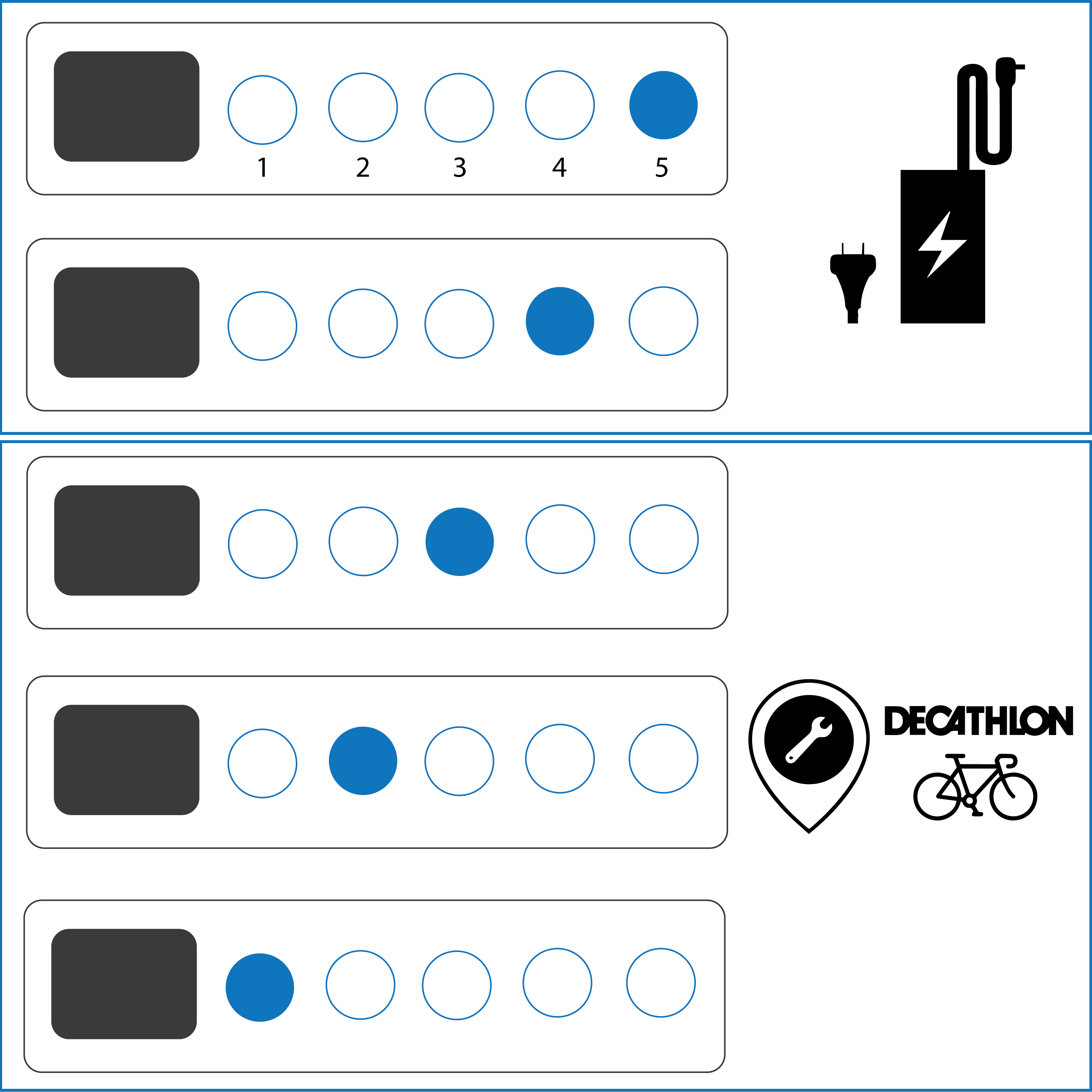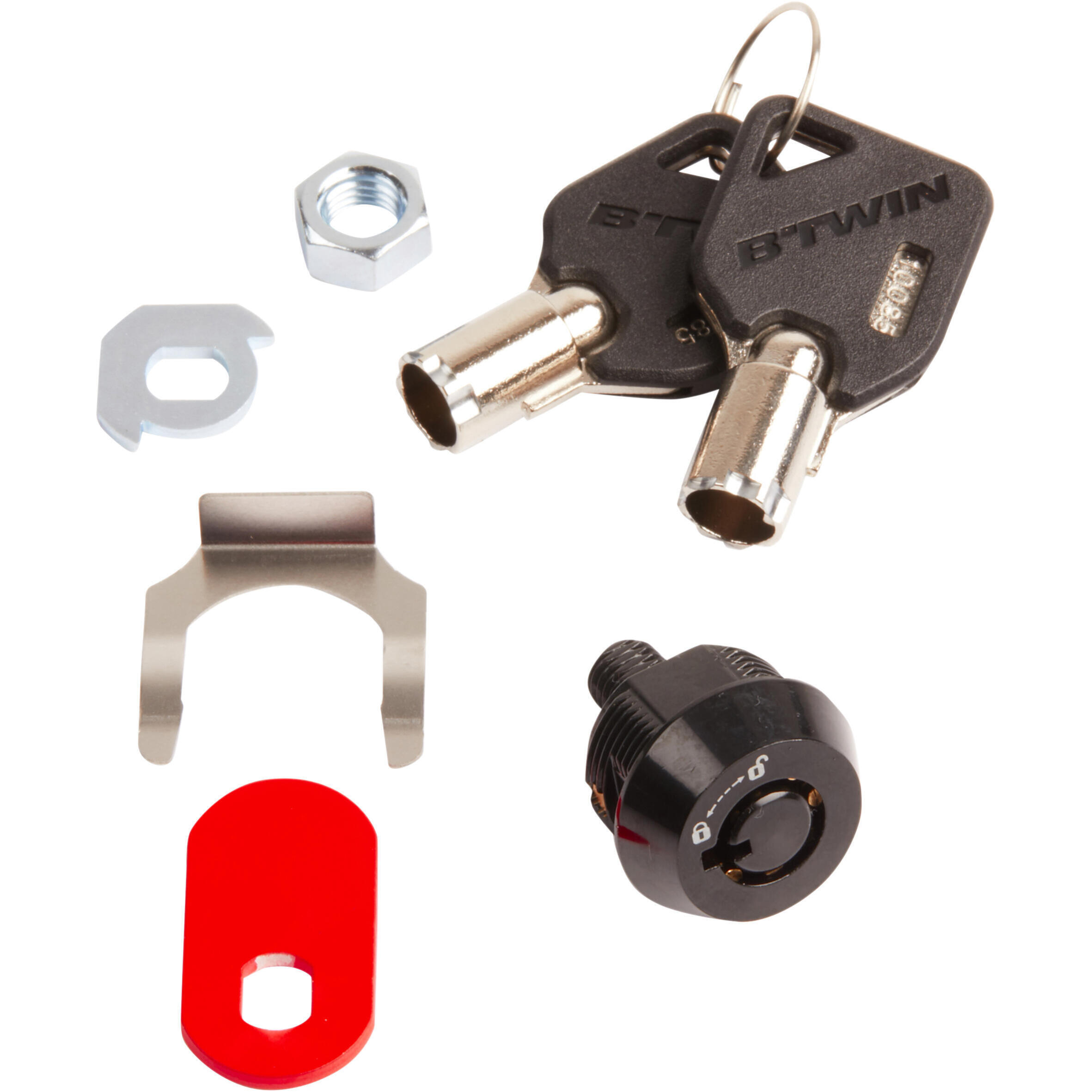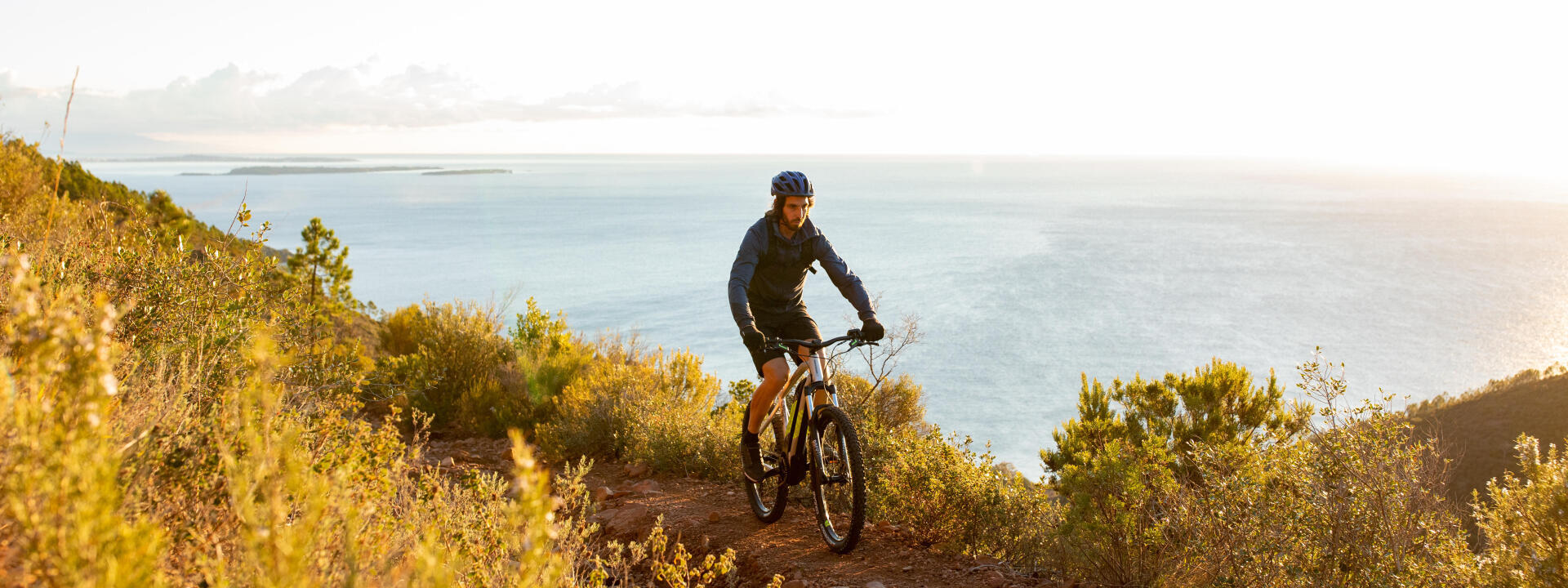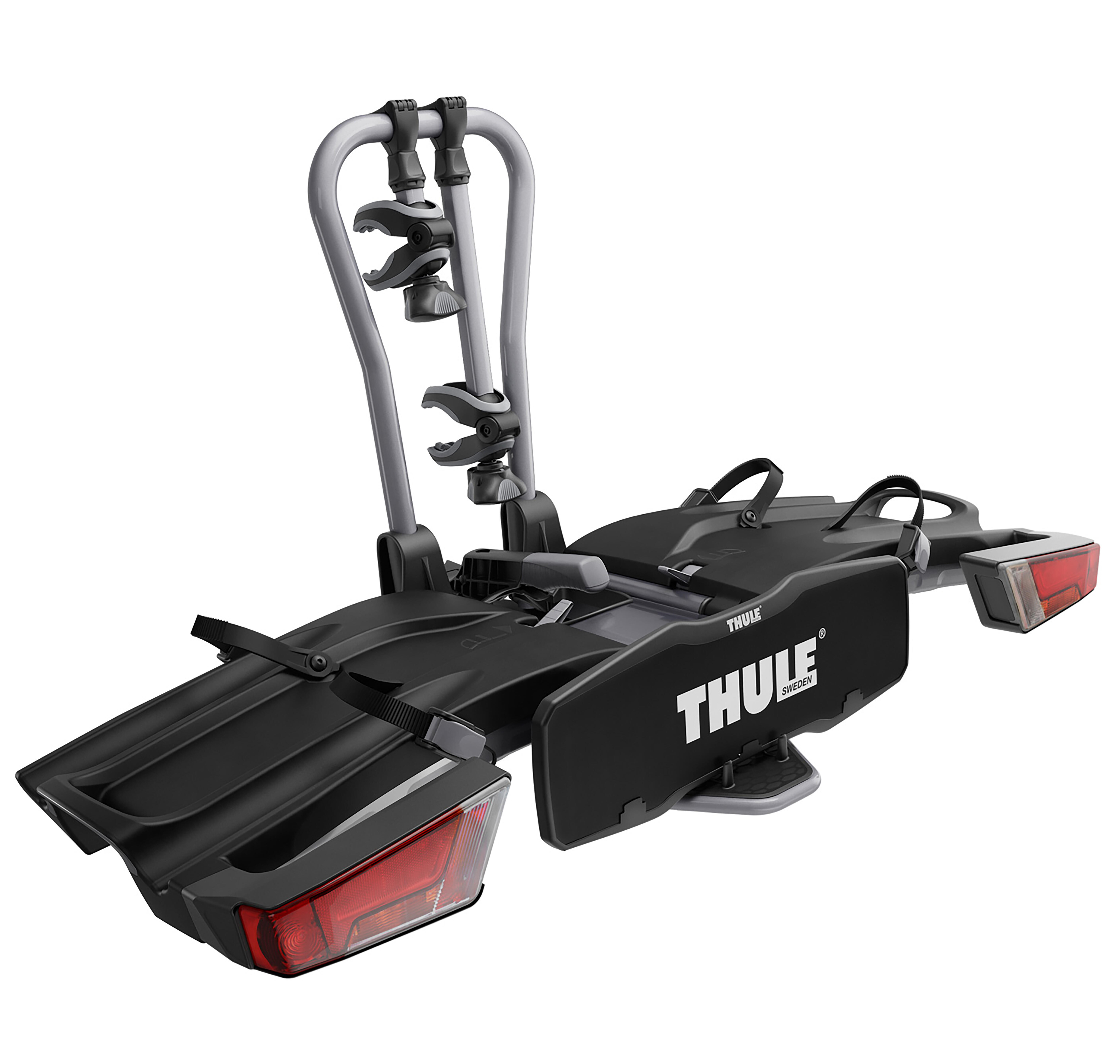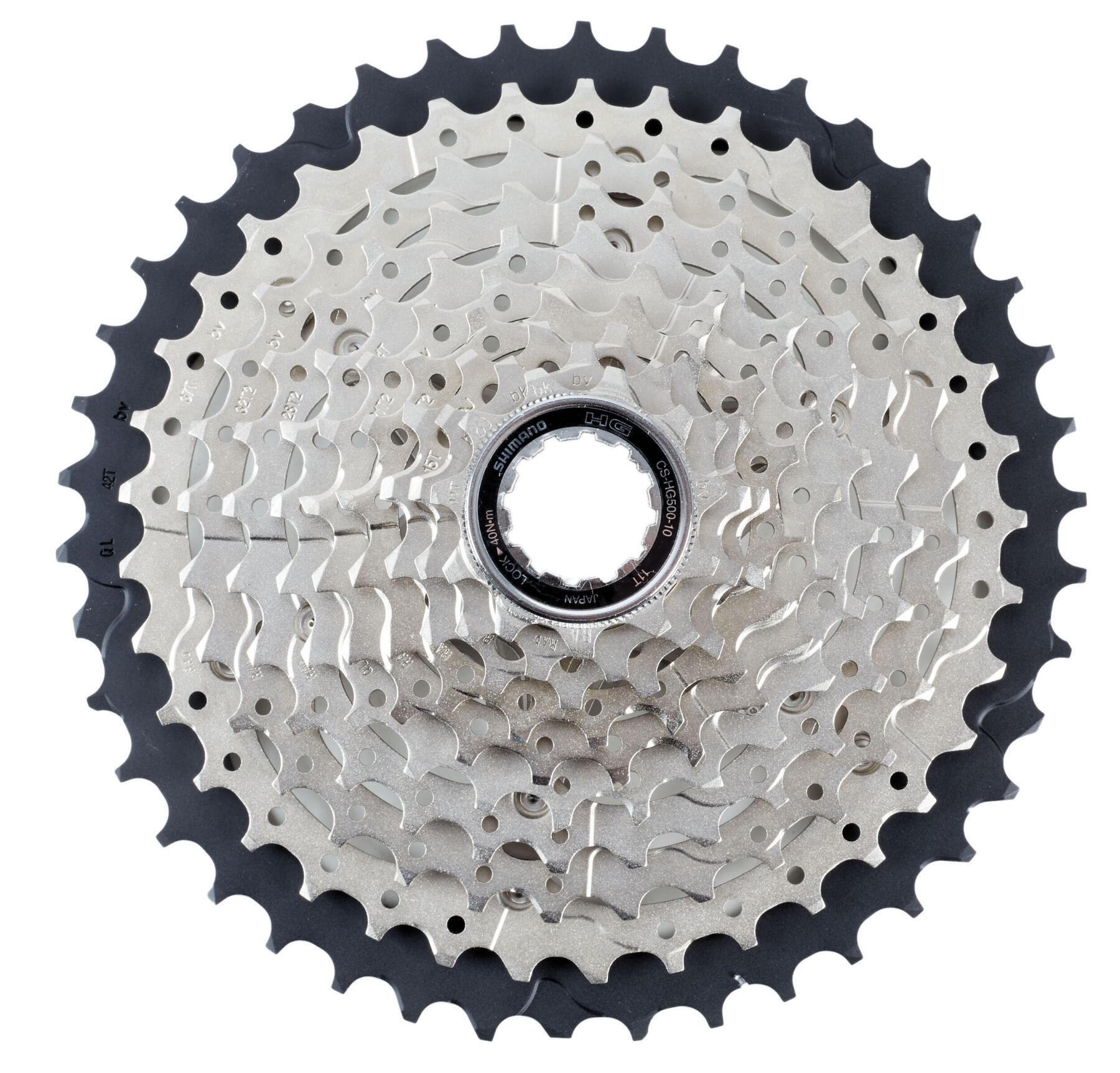Controlling your screen
Your Brose Comfort screen has several buttons and a central joystick.
The start/stop button lets you turn the screen on and off. Use the + and - buttons to toggle between the different assistance modes:
Mode 0 - Off
Mode 1 - Economy (+60%)
Mode 2 - Normal (+120%)
Mode 3 - Boost (+320%)
From each assistance mode except for mode 0, hold down the + button to launch walk mode. This feature helps you push your bike when walking.
Your mountain bike doesn't have any lights, so the lights button won't do anything. If you do press this button, you can turn it off again by holding it down.






